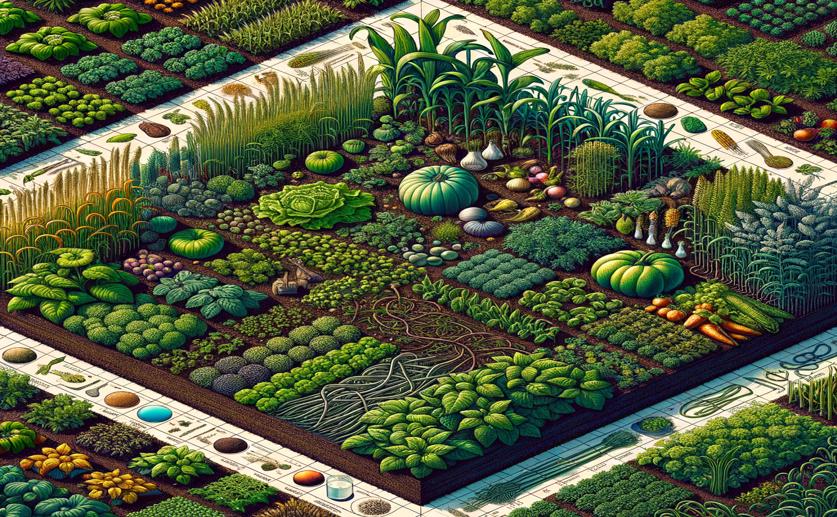
Factors Affecting Mixed Planting Success in Farmers' Fields
Jim Crocker
13th July, 2024

Image Source: Natural Science News, 2024
Key Findings
- In Switzerland, intercropping winter oilseed rape (WOSR) with service plants showed inconsistent crop yields
- The main factors affecting service plant growth were the specific plant mixture composition and precipitation levels
- Insect pest damage in spring, due to minimal insecticide use, was the primary reason for low WOSR yields in most fields
AgricultureSustainabilityPlant Science
References
Main Study
1) Determinants of oilseed rape-service plant intercropping performance variability across a farmers’ fields network in Western Switzerland
Published 12th July, 2024
https://doi.org/10.1007/s13593-024-00972-6
Related Studies
2) Effects of regional crop rotations on autumn insect pests in winter oilseed rape.
3) Yield instability of winter oilseed rape modulated by early winter temperature.
4) Alteration in yield and oil quality traits of winter rapeseed by lodging at different planting density and nitrogen rates.
5) Influence of Seeding Ratio, Planting Date, and Termination Date on Rye-Hairy Vetch Cover Crop Mixture Performance under Organic Management.



 8th May, 2024 | Greg Howard
8th May, 2024 | Greg Howard